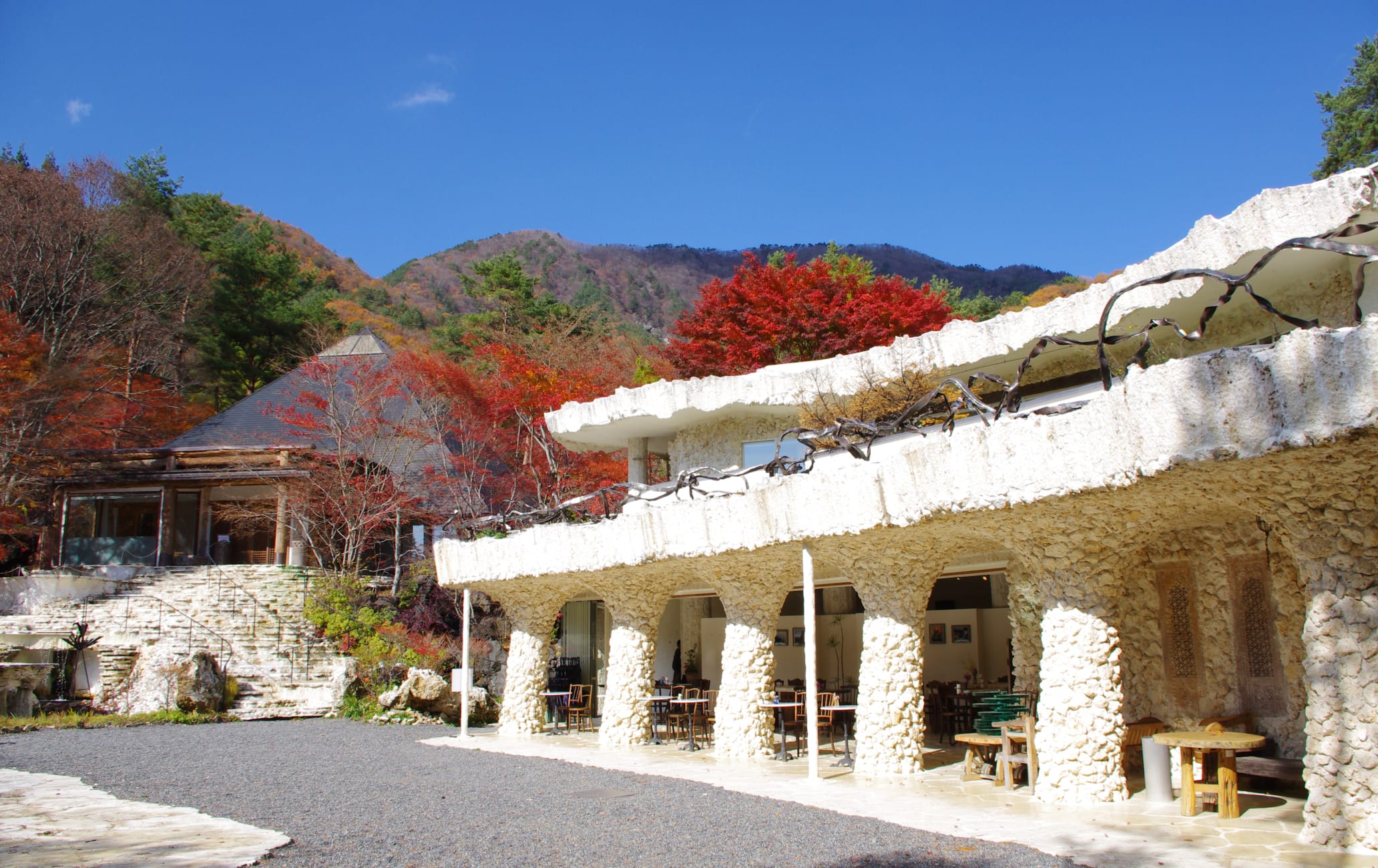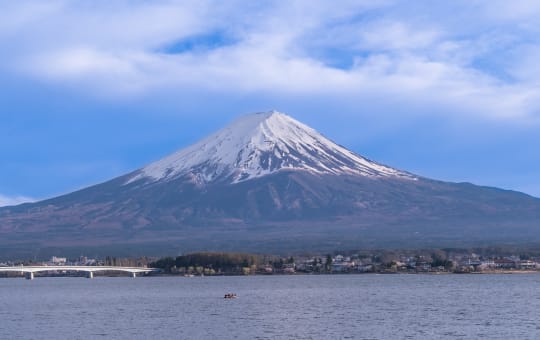A magnificent collection of one-of-a-kind kimono designed by an inspired master
After rediscovering a traditional technique for dying kimono, Itchiku Kubota made it his life's work to design and create a collection of kimono that is unparalleled in Japan. The museum in the Fuji Five Lakes area 
Quick Facts
Similar to tie-dyeing, tsujigahana was a technique used for dying kimono during the Muromachi period (1338-1573)
Itchiku Kubota had his first exhibition at the age of 60
The main exhibit hall makes use of ancient cypress trees to form its intricate structure
How to Get There
The Itchiku Kubota Art Museum is accessible from Tokyo by train or expressway bus and then by local bus.
The Itchiku Kubota Art Museum is located in Yamanashi , near the border of Shizuoka . From JR Shinjuku Station, take an express train on the JR Chuo Line and change at the JR Otsuki Station for the privately-run Fuji Kyuko Line (JR Pass not accepted). The express train takes just 45 minutes, but the regular train takes about an hour to reach the Kawaguchiko Station.
Alternatively, you can take a bus to Kawaguchiko Station from the JR Shin-Fuji Station (2 hours and 15 minutes) or the JR Mishima Station (1.5 hours), which are both on the JR Tokaido Shinkansen line.
You can also get to the Kawaguchiko Station via bus from the Shinjuku Expressway Bus Terminal in just under two hours. Once you arrive at the Kawaguchiko Station, you can board the Kawaguchiko Retro Bus to get to the museum.

A one-of-a-kind art museum experience
The Itchiku Kubota Art Museum is well known for its beautiful collection of kimono, but the first thing you'll notice as you enter the grounds of the museum is its garden. Visit in early November, when the contrast of dark green bamboo with fire-red Japanese maple leaves is quite remarkable.
As colorful as the garden is, however, nothing can prepare you for the profusion of colors on display in the museum's main exhibit. You will want to linger in the main exhibit hall to look at the fine details of each magnificent kimono on display.

A dramatic setting to display astounding kimono
The new wing of the museum is made of Okinawan coral and limestone, designed in the spirit of Gaudi. But inside the main building, the cypress structure is grand and, at once, cavernous and cozy. The wooden rafters of the structure provide a stark and stunning backdrop to the colorful and intricate kimono.
More than 100 kimono are on permanent display in the museum, but only a quarter of them are exhibited at any one time.
Explore the great details of Mt. Fuji
Seasonal themes dominate the kimono collection. Fittingly, the artist captures the essential qualities of Mt. Fuji in great detail with designs that depict the sacred mountain throughout the seasons.
The collection's highlight is The Symphony of Light that was designed to be a string of 80 works representing the Four Seasons. The series comprises 36 kimono which highlight the beauty and changes of nature and the universe.
Room with a view
The museum and its garden were designed by Kubota himself, and the traditional tearoom is his former workshop. The site has magnificent views of Lake Kawaguchi and Mt. Fuji . Enjoy matcha tea at the museum's cafe while viewing the well-appointed garden.
The latest information may differ, so please check the official website

























































